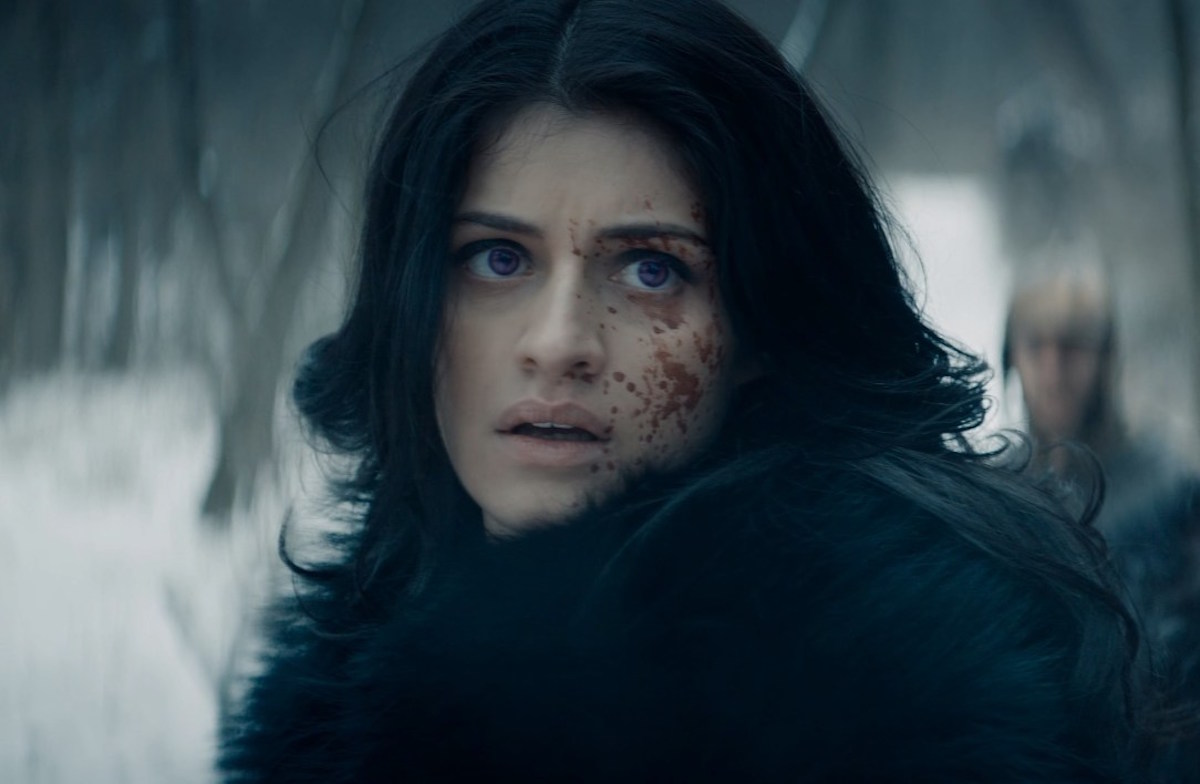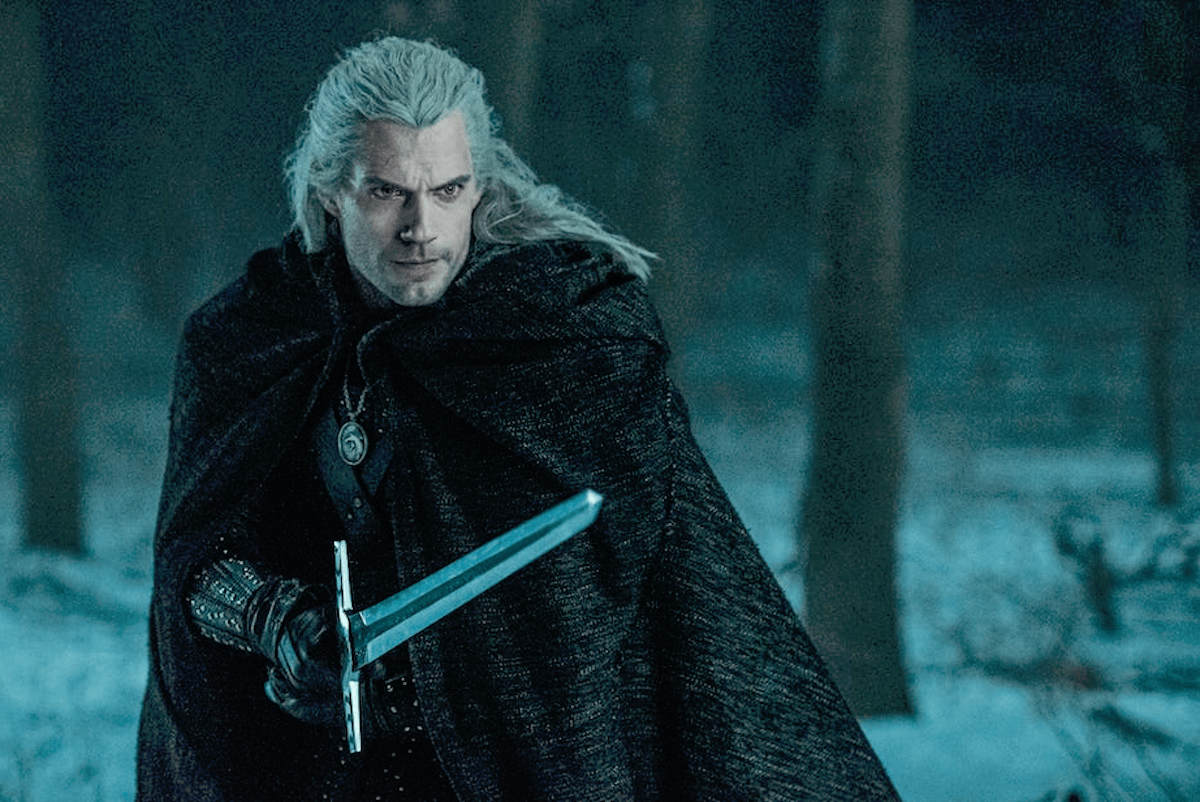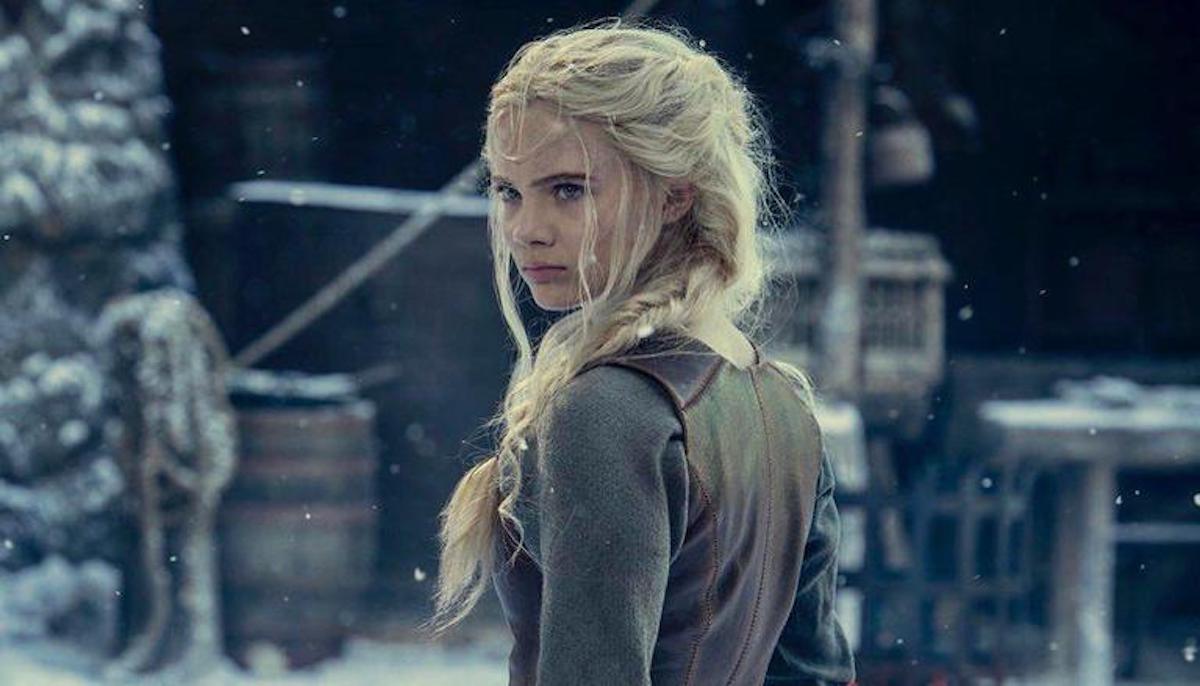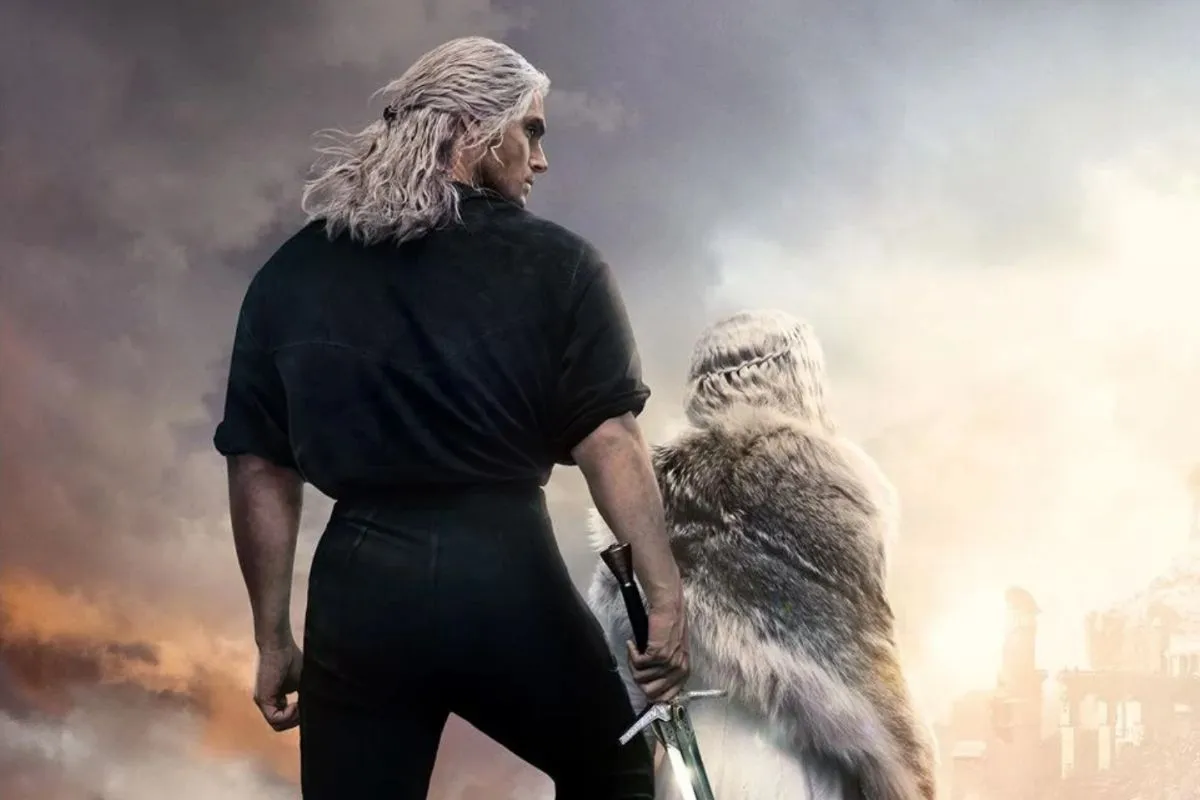When a book series gets adapted to the screen, often, new fans are drawn in. And when the popular show or movie ends, many start to look for the best way to get into the original material. It can be a long wait until the next season or sequel. Plus, there’s just so much more material in the books. Diving into a written series can allow fans to discover more backstory, world-building, and characters—that a show or movie may not have had the time to portray. But often the source material (especially for recent epic fantasy and sci-fi series) is lengthy, complex, and spans several years.
For instance, The Witcher gained popularity as a video game franchise developed by CD Projekt Red, and perhaps has gotten even more popular thanks to Netflix’s adaptation, with Henry Cavill playing the titular role, but it all started with the works of Polish author Andrzej Sapkowski. The books are well worth a read, but it can be a bit overwhelming to figure out where to start. So, here’s your guide to getting into the world of Geralt of Rivia in the clearest way possible, for maximum enjoyment of your reading experience.

What is The Witcher?
The first foundations of what would become The Witcher series were laid in the Eighties, with short stories, based on Eastern European folklore, that Sapkowski published in a Polish sci-fi and fantasy magazine titled Fantastyka. Those stories were published in two collections in the Nineties, and then the world of the Continent expanded with five more novels—which were published in English in 2007.
All of these books focus, some more and some less, on Geralt of Rivia, a Witcher—a mutated human—who can fight the monsters (and other supernatural creatures) that started roaming the world during a cataclysmic event called the Conjunction of the Spheres (which happened more than a millennia before the story told by Sapkowski begins). Witchers—or Wiedźmin in the original Polish—were trained since childhood to eliminate these threats, thanks to their heightened senses and strength, and their lifestyle is that of what you could call a mercenary monster-hunter. They travel around the Continent, find places that are plagued by a vampire (or a ghoul or a striga or whatever the monster of the chapter is), kill it, and then get paid for their services.

What do the books cover?
The books and short stories cover a lot of different plot lines, but the main core of the saga is Geralt protecting and raising Cirilla, also known as Ciri, the princess of the realm of Cintra. Cintra was destroyed when she was just a little girl—and she came to Geralt when he invoked the Law of Surprise on her parents. It’s a saga with rich worldbuilding—even though it’s not always the clearest, since Sapkowski has never sat down and compiled a precise map of his world, as other writers have done. But The Witcher is filled with everything one might want from a fantasy work, from love to family to friendship to monsters to battles.
Where should you start?
Now, with the novels, it’s pretty straightforward—they should be read in the same order they were published—so, Blood of Elves (1994), Time of Contempt (1995), Baptism of Fire (1996), The Tower of the Swallow (1997) and then The Lady of the Lake (1999).
Before the novels, the short story collections are a must. But it’s best if you flip the two collections of short stories, even though The Last Wish was published in 1993 (one year after the first collection, Sword of Destiny). That’s because The Last Wish—on which most of the first season of Netflix’s adaptation was based—introduces everything there is to know about this world. Some characters that we have learned to love, like Jaskier (also known as Dandelion in the books), Yennefer, and Triss Marigold also make their first appearances here.
There’s just one of Sapkowski’s first short stories that didn’t make it into this collection—”The Road of No Return,” about Geralt’s mother. The novella can still be found in some Polish editions of either collection, as well as “Something Ends, Something Begins,” an alternate ending to the saga about Geralt and Yennefer’s wedding—which Sapkowski wrote for the wedding of a friend.
Sword of Destiny is where Cirilla arrives on the page, and her relationship with Geralt starts to form as he trains her to be a Witcher like him. This title is set after The Last Wish but before the five novels, which follow the political intrigues of the Continent as other rulers search for Ciri (to obtain power over Cintra through her).

So, with all that said, here’s the reading order we recommend:
1. The Last Wish
2. Sword of Destiny
3. Blood of Elves
4. Time of Contempt
5. Baptism of Fire
6. The Tower of the Swallow
7. The Lady of the Lake
You might also want to check out Season of Storms once you’re done with the seven titles above—it’s a pretty recent release, having been published in 2013, and it’s set between the short stories of The Last Wish. In an interview released when the Netflix adaptation had begun to gain traction, Sapkowski was asked by Publishers Weekly whether he had any intention of returning to The Witcher world with a new installment in the series. He said that “some plans” were present, although there was nothing fixed. While we’d love to see more—at least his main saga is finished. Here’s looking at you, George R.R. Martin.
These eight titles are pretty much all that you need to get up to speed on The Witcher world and be more than ready for both Season 3 and the prequel, Blood Origins, on Netflix. You’ll also then be ready to annoy your friends with a whole bunch of “well, actually in the book things go a little different…” while you watch. So, that’s good?
(via: PC Gamer; image: Netflix)









Published: Apr 8, 2022 03:13 pm